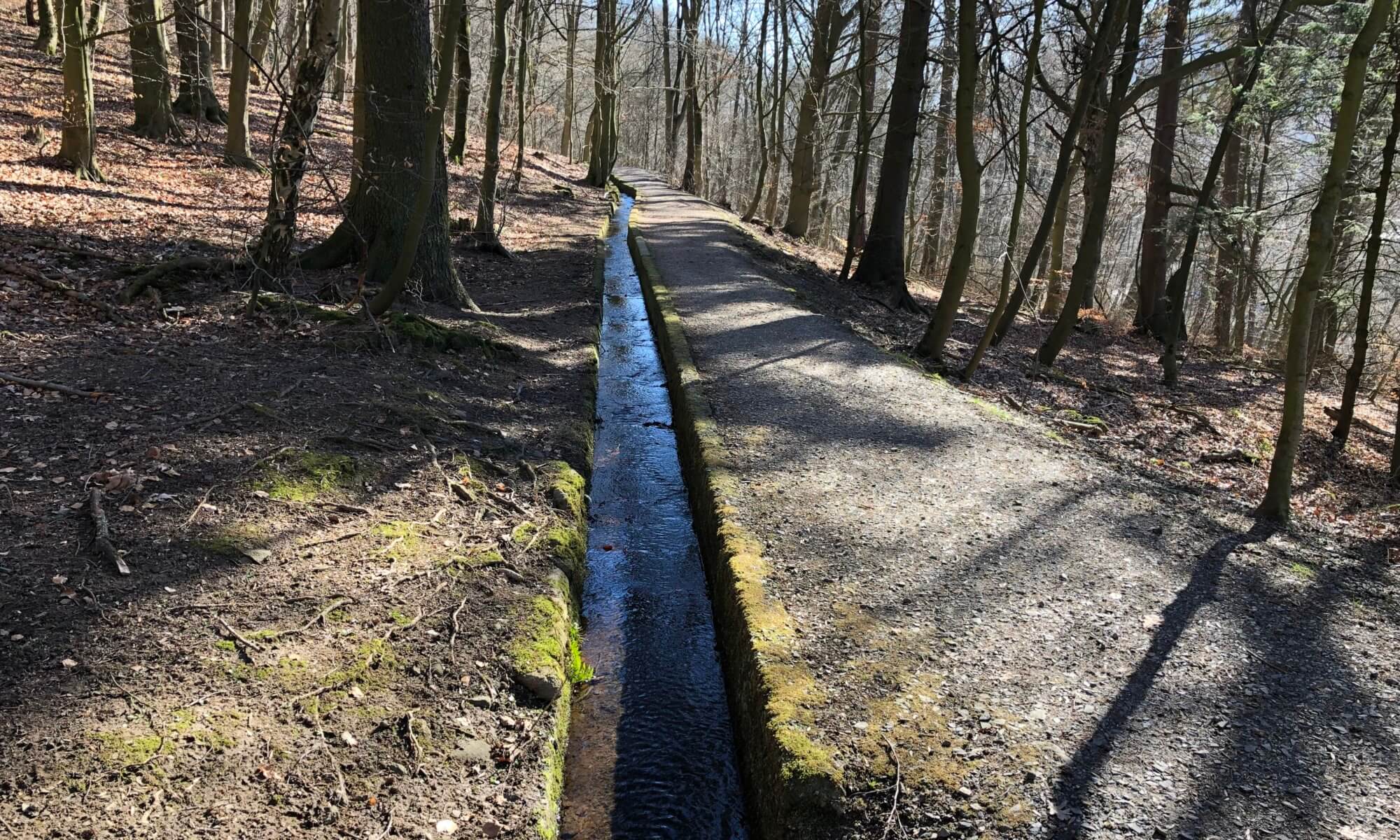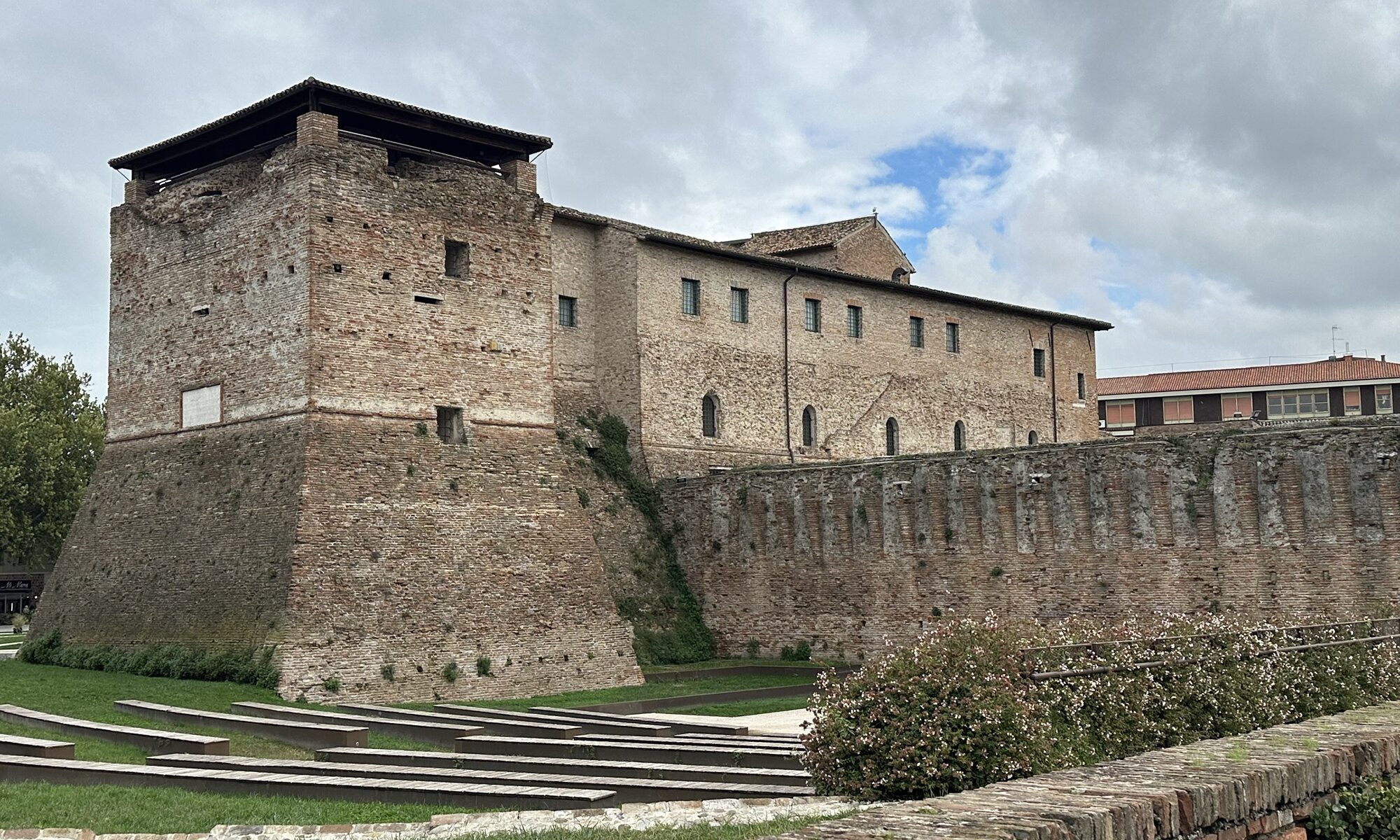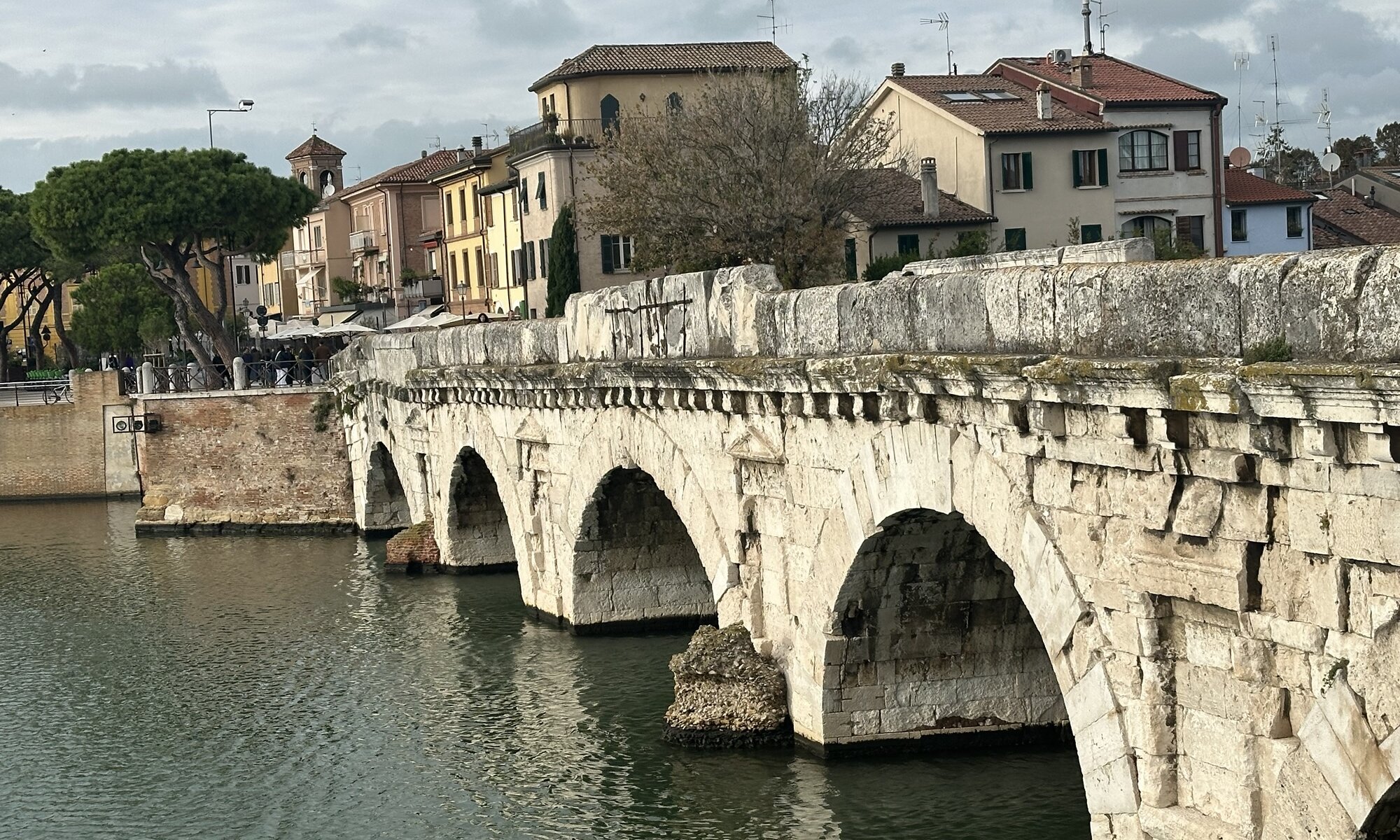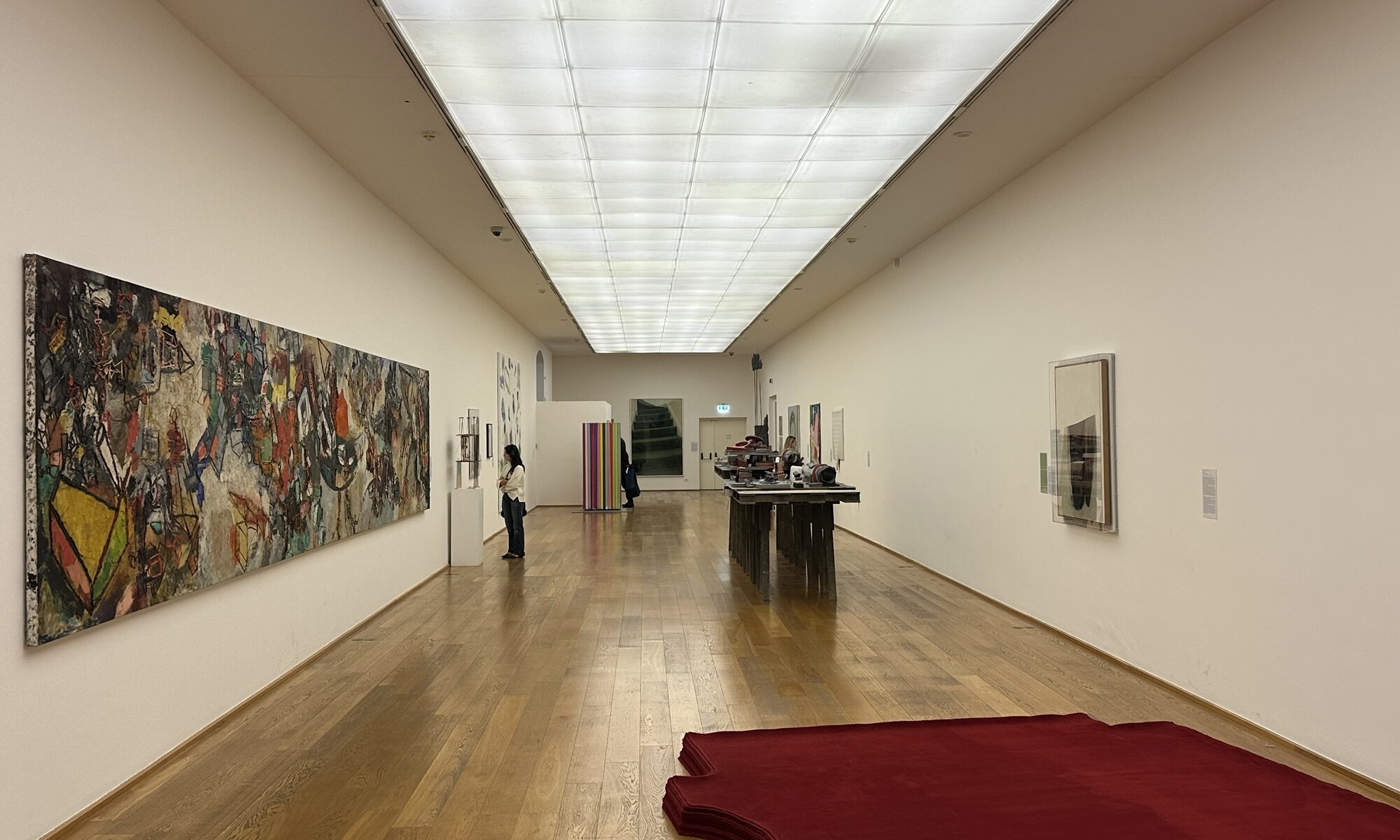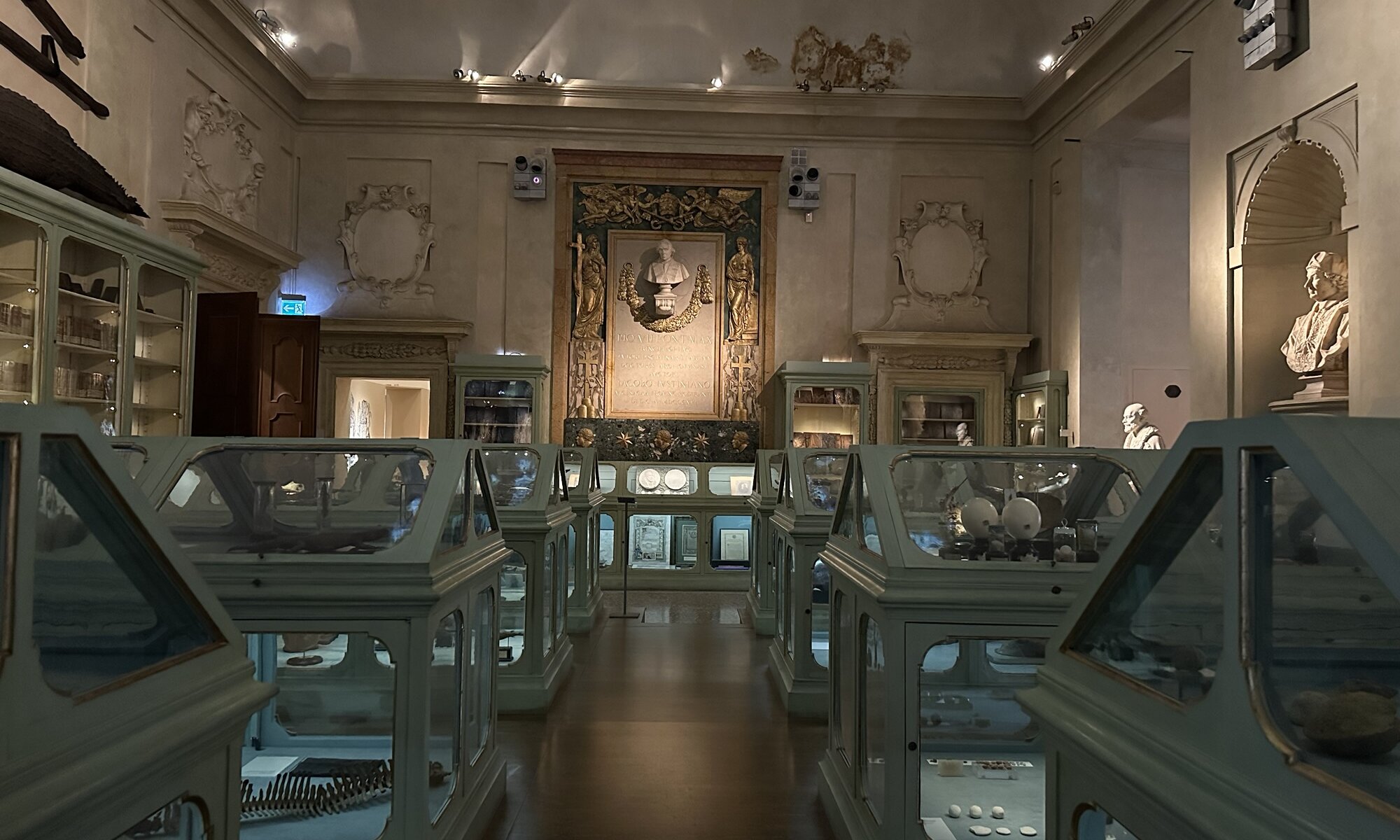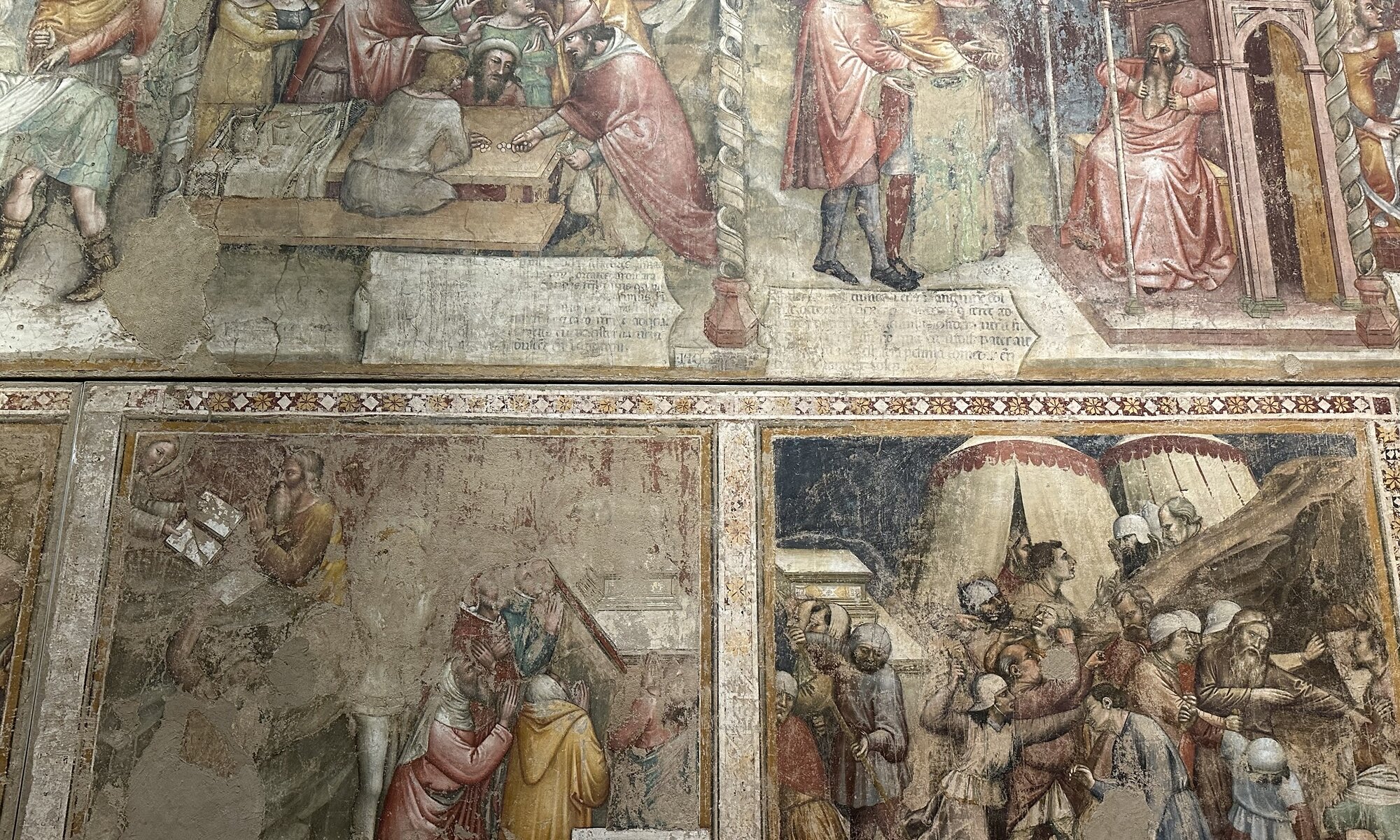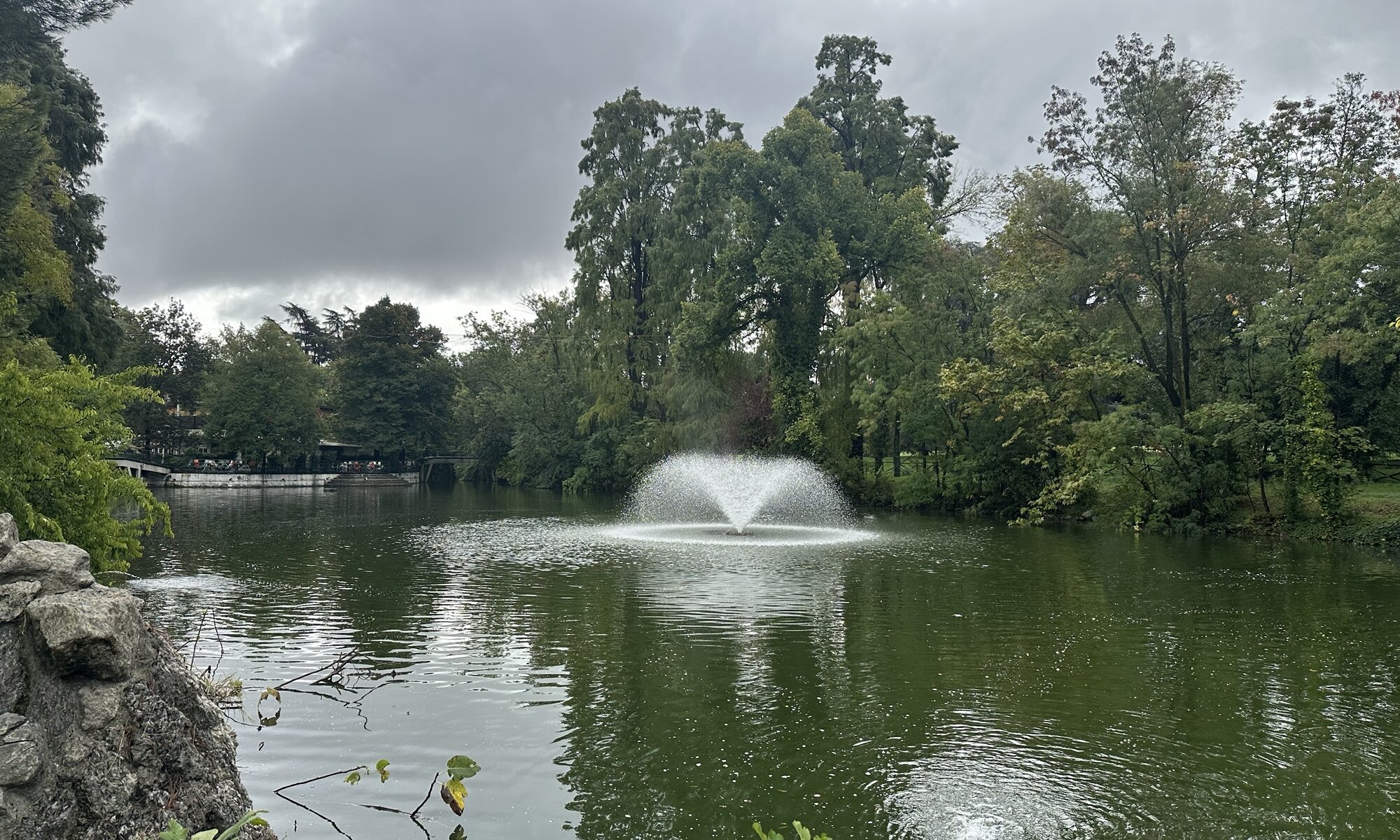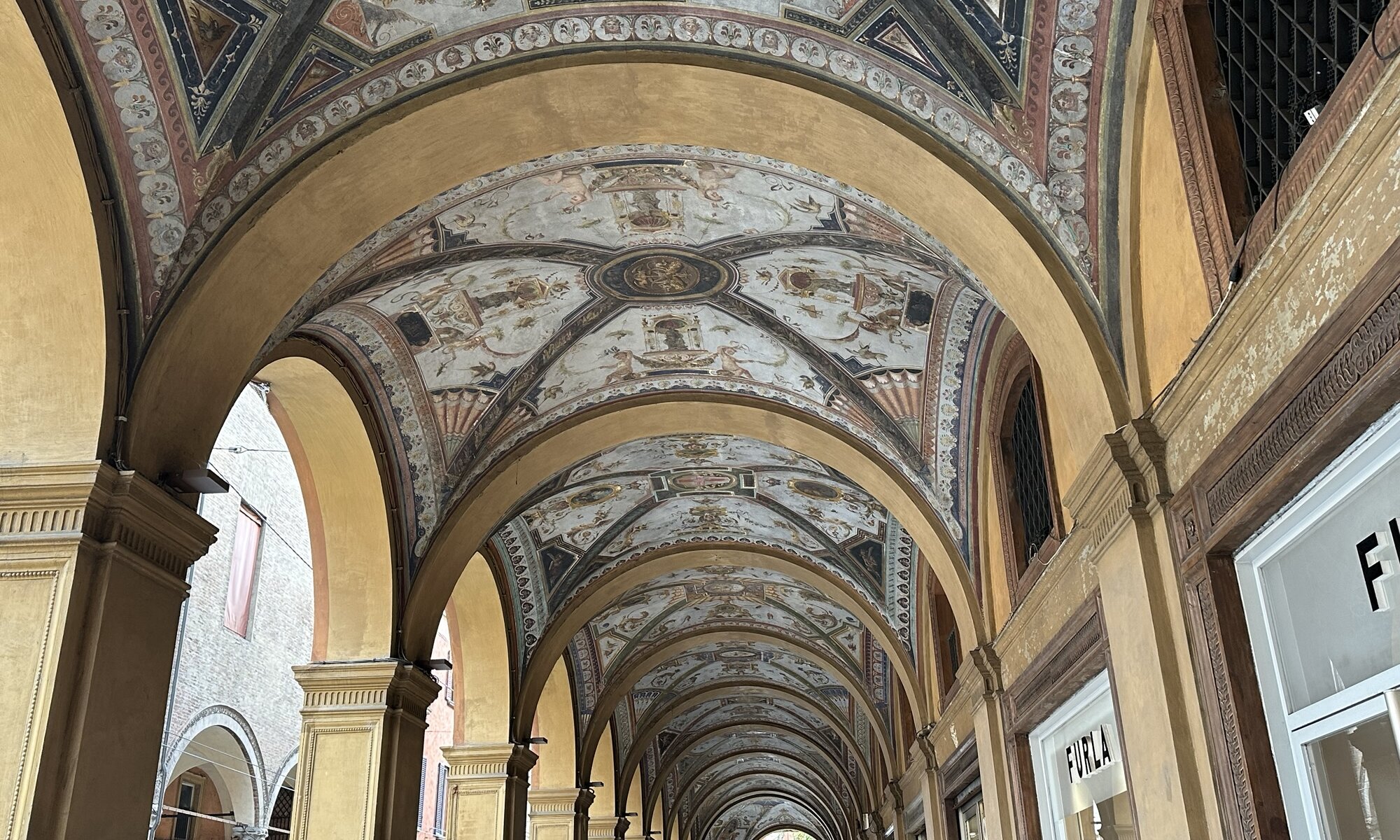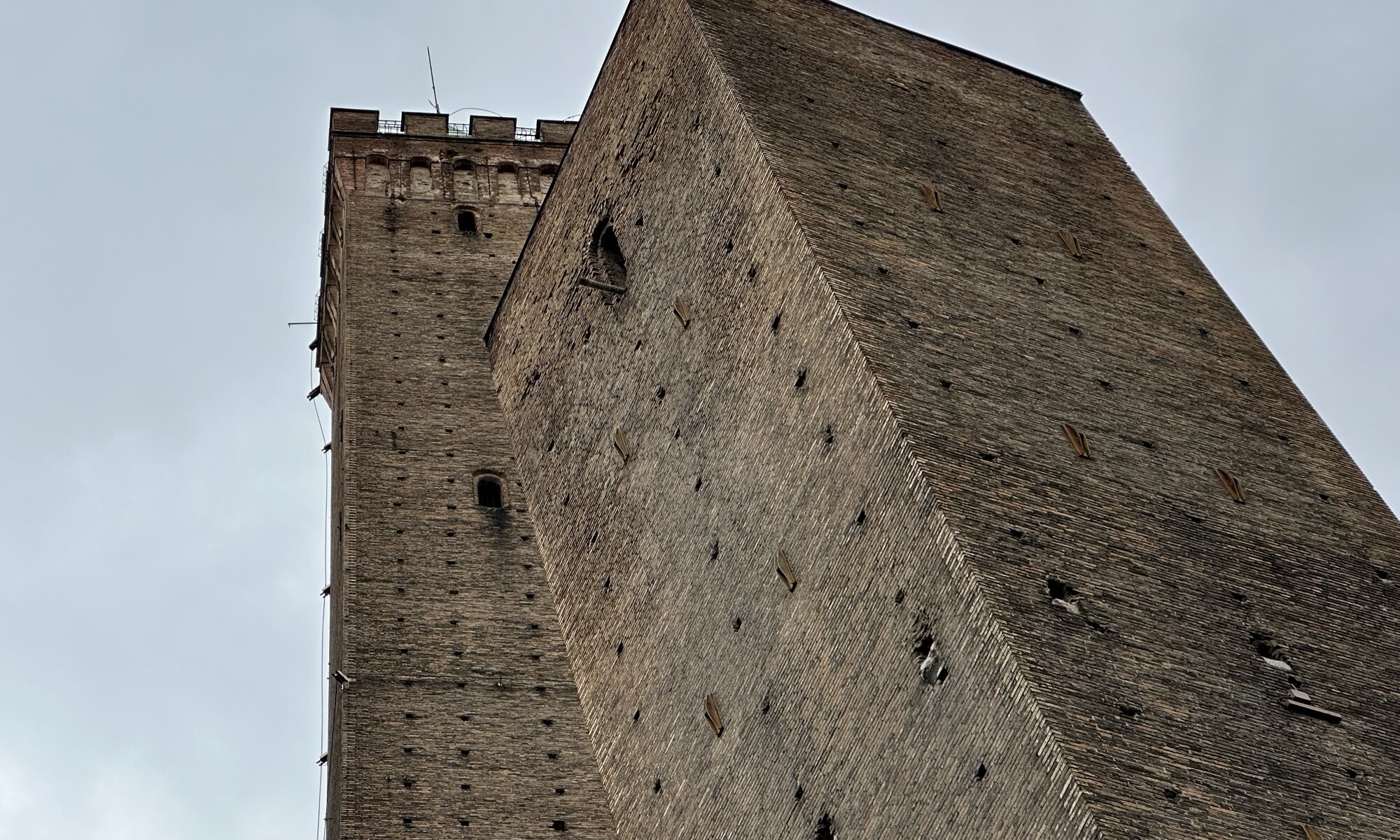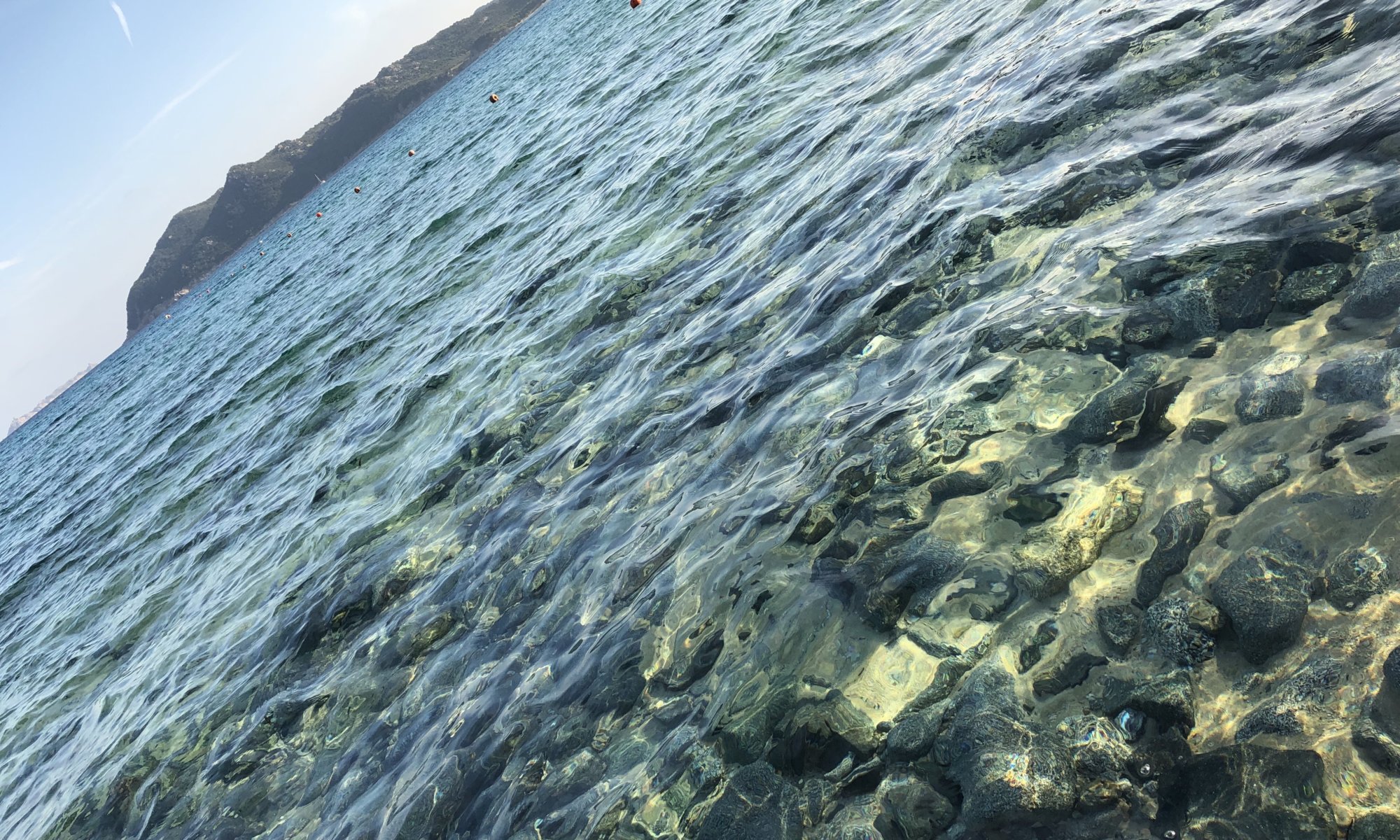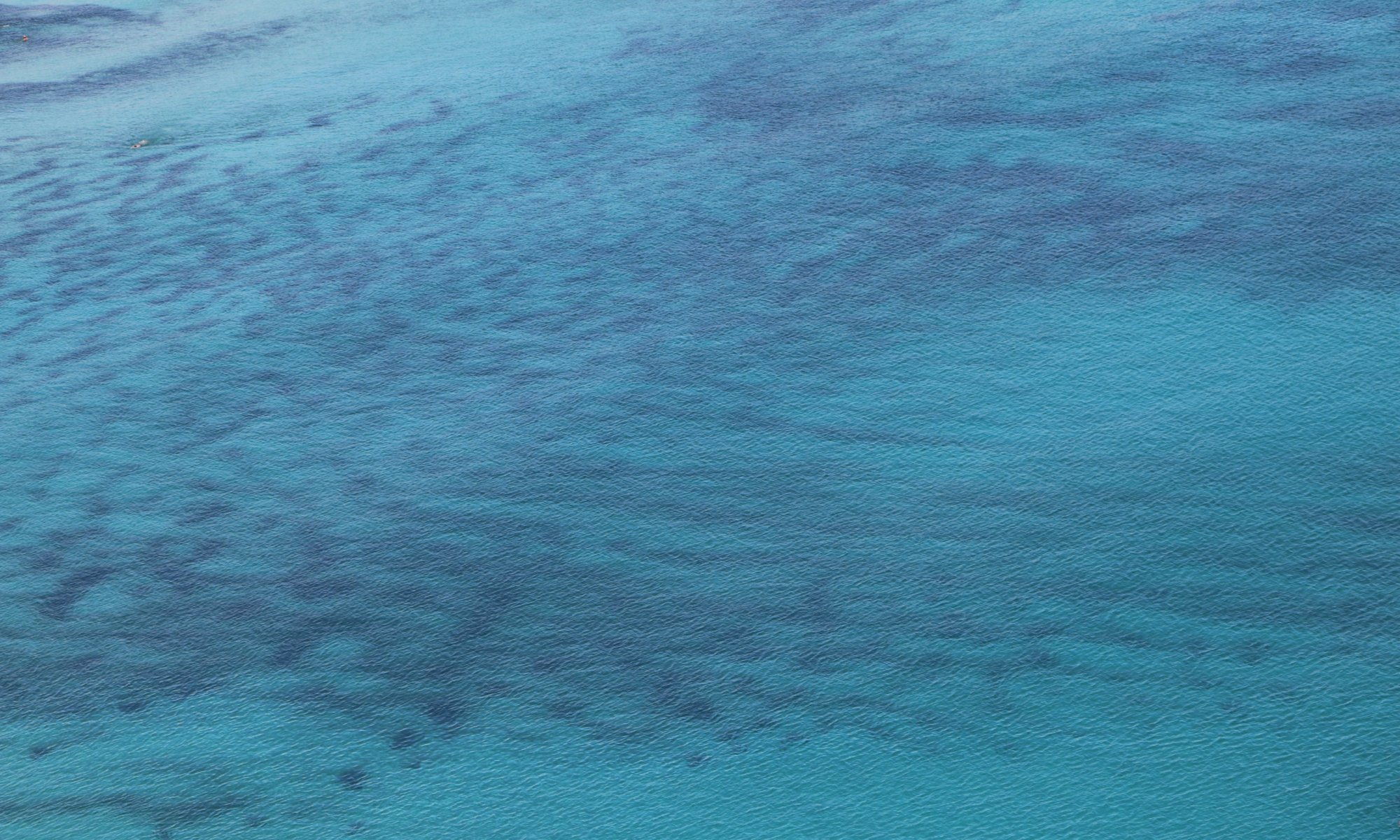Everyone knows the famous Italian filmmaker Federico Fellini. Most famous for his 1960s movie La dolce vita with Marcello Mastroianni and Anita Ekberg (remember the scene at the Fontana di Travi?), his cinematic Œuvre includes 35 movies like La Strada, Amarcord and Otto e mezzo. He died in 1993 at Roma but he was born in 1920 at Rimini – and for sure they had to create a kind of monument for him here. The Museum Fellini can be found across three locations close to each other in the city center: the Castel Sismondo, the Piazza Malatesta in front of it and the modern location within the Palazzo del Fulgor.
Continue reading “Fellini”Via Flaminia
In 220 BCE Roman censor Gaius Flaminius ordered the creation of the Via Flaminia, a road connecting Roma with the Adriatic coast. It led all the way to Ariminium, todays Rimini. The endpoint of the Via Flaminia was the Arch of Augustus named after the first Roman emperor – and it is there still today, with its Roman inscriptions and images of Roman gods. But the Arco d’Augusto is not the only Roman trace at Rimini, there is more to discover: especially a beautiful bridge.
Continue reading “Via Flaminia”MAMbo
If you’re looking for modern art at Bologna, make sure to visit the former industrial zone southwest of Bolognas main railway station: former industry buildings like a tobacco factory, a paper mill and a salt storage have been re-purposed. The bread factory is now inhabited by the Museo d’Arte Moderna di Bologna – or short: MAMbo. Large rooms with high ceilings offer the perfect setting to present contemporary Italian art.
Continue reading “MAMbo”Weird collection
The Palazzo Poggi is part of the ensemble of university buildings in the city center of Bologna. It was built for Cardinal Giovanni Poggi in the 16th century and later became the home of the library and a very special scientific collection, the Museo di Palazzo Poggi. The museum contains a lot of ancient scientific displays about nautics, physics, natural history, human anatomy and obstetrics. Seeing this old exhibits in the special style of their creation times is amazing and the museum has an incredible atmosphere.
Continue reading “Weird collection”PNB
Close to the university of Bologna you can discover the national art gallery or Pinacoteca Nazionale di Bologna (PNB). The museum is presenting regional art from the 13th to the 18th century in a former Jesuit building – a nice place to exhibit religious art. The collection is owned by the city of Bologna and you can explore 30 rooms with works from local painters as well as from famous names like Tintoretto, Raphael, El Greco or Giotto.
Continue reading “PNB”Giardini Margherita
Time for a walk in the park while being at Bologna? Then head to the Porta Castiglione or Porta Santo Stefano city gates. Behind them you’ll the find the largest green space of the city, created in 1879 to honor Italian queen Margherita of Savoy – yes, the one that the famous plain vanilla pizza is named after. The garden is great for doing some sports and there is also an artificially created lake with a bar next to it.
Continue reading “Giardini Margherita”Portici
If it rains at Bologna, you do not need to worry: You can endlessly walk through the city center without being exposed to rain (or sunshine). The reason for that are the Portici; arcades next to the street that sometimes are also decorated very nicely. Astonishing 40 kilometers of streets in the city center have these roofed passages. In medieval times multiple European cities had these arcades but only in Bologna they were later protected on large scale – making the city a UNESCO world heritage site today.
Continue reading “Portici”Due Torri
When you’re thinking about leaning towers in Italy you’ll probably think a bit the famous one at Pisa. Another city of towers was in the past Bologna, as many families had their own ones (giving the city the name La Turrita). And in the center you’ll find two towers that are leaning like the famous one: the Torre Asinelli and the Torre Garisenda. They are not so beautifully decorated as in medieval times they were used for military purposes; today they are the icons of the city of Bologna.
Continue reading “Due Torri”Southern Sardegna
Last year we decided to fly to Mallorca, Spain for the Easter holidays. It was wonderful and of course there was the request to just get back to this island. But as I love to discover new places we decided to search the same experience on a different island: Sardegna. We were immediately warned that tourism works different there; but it was also a great experience and a very friendly environment. Continue reading “Southern Sardegna”
Sardinian language
Traveling to Sardegna is a pretty easy thing and you don’t need too many language skills. Most times you can communicate in English, some staff in our hotel also spoke German. Only one time in a very remote location I had to rely on my minor knowledge of the Italian language. Only when you look at the names of places you can see that there is another language spoke on the island: Sardinian.
Continue reading “Sardinian language”